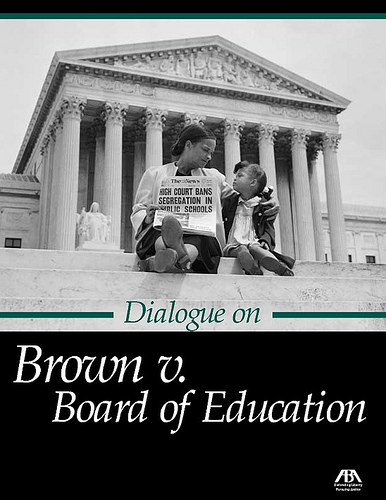Brown V. Board of Education

January 25, 2019
In the early 1950s, a young African American girl named Linda Brown lived in Topeka, Kansas.
While Linda was forced to go to a segregated and far away school, her white neighbors went to a school that was close to home.
During this time, it was common for places to be separated by color. The doctrine “separate but equal” allowed transportation and other areas of society to be segregated, as long as equal facilities were provided. This doctrine was established in the case Plessy V. Ferguson, in 1896, by the Supreme Court.For some time, the NAACP and other groups tried to overturn the doctrine.
Linda’s parents sued Topeka, but didn’t win the case because the federal district court said that Topeka provided fairly equal facilities. After that, the NAACP encouraged the Brown family to appeal their case to the Supreme Court.
With the support and information given on the importance of education by Earl Warren, the Courts were given reasons why “separate but equal” schooling could affect children’s education. The Courts then came to the conclusion that separate schools are inherently unequal, and segregation in schools should be terminated.
